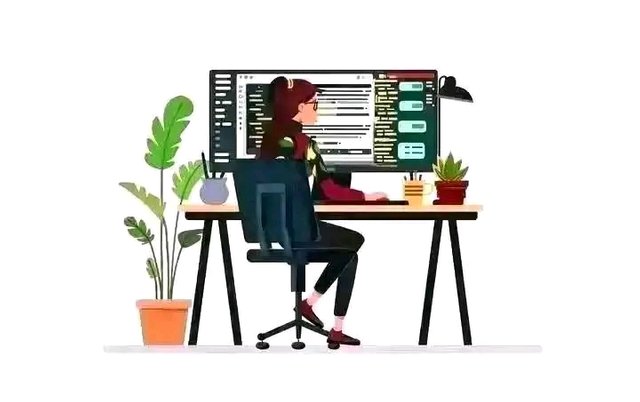⌚ The Web on Your Wrist: Building Great Apps for Smartwatches and Wearables
"Your app on a smartwatch?"
That single question made us think about rethinking everything that we had been accustomed to in web development.
In an age where online life isn't limited to the desktop and phone anymore, wearables—ranging from smart rings to fitness bands and smartwatches—are changing the game. And here's the shocker: you don't necessarily have to be a native app wizard to tap into this future. You can code for wearables using web technologies.
In this article, I will show you how to begin with web-based wearables applications, why this trend is only growing, and how to develop quick, efficient, and interactive applications that literally rest at your fingertips, on your wrist.
🧠 Why Web on Wearables Is the Next Big Leap
Wearables are personal technology. They're with you when you sleep, walk, run, or even meditate. The interactions are fast, contextual, and glanceable. That means:
Design needs to be micro-focused
Functionality needs to triumph on utility first, then on complexity
Performance and battery life matter more now than ever
While native apps rule the wearables space, there is untapped potential for Progressive Web Apps (PWAs), Web Bluetooth, Web NFC, and WebAssembly to help deliver exciting web-based experiences.
📲 The Transition: From Responsive Web to Context-Aware Web
We used to say: "Make it responsive."
Now, we say: "Make it wearable."
When our team was asked by a client to make their productivity app work on smartwatches, our first idea was to go native. But then we paused and asked ourselves:
"Can we get value without re-writing the entire codebase?"
The reply: Yes. With web tech.
With the aid of tools like Capacitor and WebView-based wrappers, we transmuted main aspects of our web app into a smartwatch-compliant interface. We eliminated the fluff, simplified user flows, and maintained one idea per screen.
🔧 Tools to Start Shaping Web Apps for Wearables
Reinventing the wheel is unnecessary. Here are the must-have tools and tech to ease your transition:
✅ Progressive Web Apps (PWAs)
Lightweight, installable, and offline-friendly. Great for Android-wearables like Wear OS.
✅ Capacitor by Ionic
Wrap your web app in a native shell. Can access sensors, haptics, and native APIs.
✅ Web Bluetooth API
Connect to wearable devices like fitness bands, heart rate sensors, or smart sensors directly.
✅ Tauri (or Cordova for legacy projects)
Great for cross-platform bundling with low footprint.
🪄 UX Principles for Wearables
Wearables need a new design approach:
📌 Glanceability over depth – Reveal only what's absolutely necessary.
📌 Micro-interactions – 1 screen = 1 task.
📌 Voice & gesture support – Use wearable-friendly input.
📌 Battery-friendly design – Reduce heavy animations or polling.
📌 Offline first – Design for poor connectivity and optimize sync.
💡 Real-World Tips from the Field
Test in motion. Your users won't be stationary. Test your apps when walking, exercising, or multitasking.
Steer clear of modals and heavy navs. Make it linear and accessible in a few taps.
Leverage sensor data wisely. Use Web Bluetooth or APIs such as Ambient Light and Gyroscope to augment UX contextually.
Begin small. Take one feature of your web app and turn it into a wearable version—such as a quick-check dashboard, timer, or notification handler.
🚀 Why This Matters for the Future of Web Dev
The web is not dying—it's changing.
Wearables are becoming gateways to micro-moments, and web developers have a natural role to create for them using existing skillsets.
We have already begun to see banking apps reveal glanceable balances, productivity apps provide wrist reminders, and meditation apps initiate breathing exercises — all from the web layer.
As wearables expand, creating wearable-first web apps will be an essential ability.
🗣️ Let's Talk!
Would you create your next web app with wearables in consideration? Have you experimented with PWAs on wearable smartwatches or wearable APIs?
👉 Comment your experience or interest.
